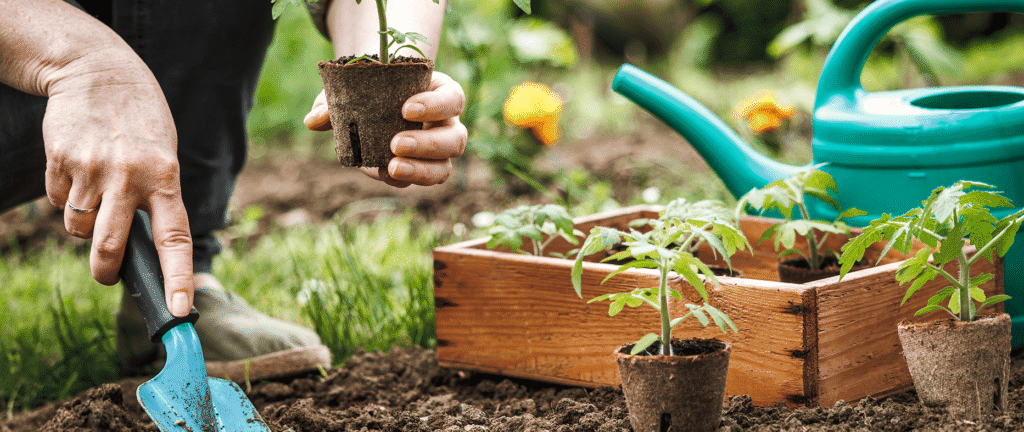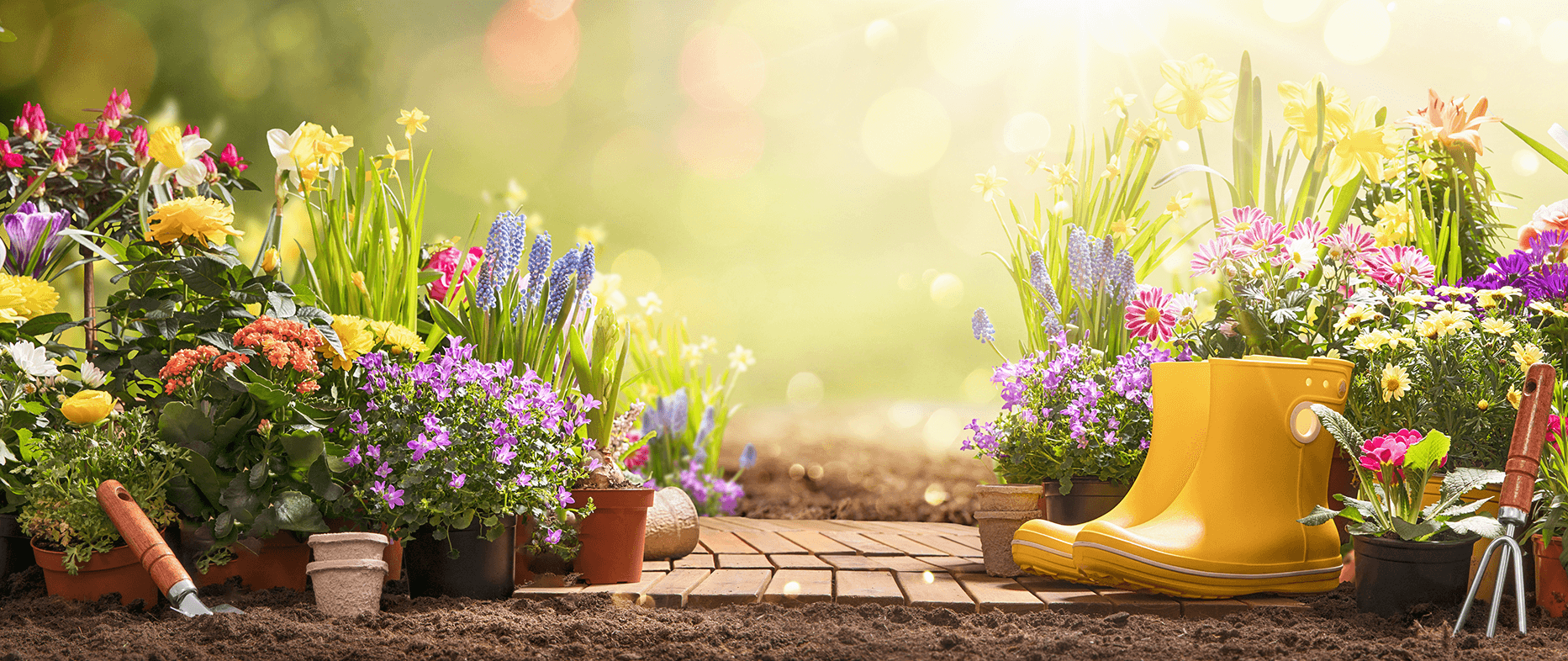The tropics, with their warm temperatures and abundant sunshine, offer incredible potential for year-round gardening. However, the diverse climates within this zone necessitate understanding local seasonal variations to cultivate a thriving and productive space. This guide generalizes the principles of seasonal planting, crop mixing, and integrated approaches for gardeners across the globe in tropical regions.
Part 1: Understanding Tropical Seasons for Planting
While the traditional four-season model might not always apply, most tropical regions experience distinct wet and dry seasons. These variations significantly influence what and when you should plant:
- Wet Season (or Monsoon): Characterized by high rainfall and humidity. This period favors water-loving plants and can be ideal for certain leafy greens and crops that thrive in moist conditions. However, drainage is crucial to prevent waterlogging.
- Dry Season: Features less rainfall and often higher temperatures. This season is suitable for many flowering plants and vegetables that prefer drier conditions but may require consistent irrigation.
In some tropical areas, there might be more nuanced variations or even multiple wet and dry periods. The key is to understand the specific rainfall patterns and temperature fluctuations in your local area. Consult local agricultural calendars, experienced gardeners, and regional resources for the most accurate information.

Part 2: A General Guide to Tropical Flowers and Vegetables by Season
Since the diversity of tropical flora and fauna is vast, this section offers general examples. Always research specific varieties that thrive in your local climate.
During the Wet Season:
- Flowers: Many vibrant tropical flowers flourish in the humidity, including various types of Hibiscus, Ginger Lilies, Heliconias, Plumerias, and some Orchids. Consider fast-growing annuals like Balsam and Celosia.
- Vegetables: Focus on crops that tolerate or even prefer moisture, such as some varieties of leafy greens (e.g., Amaranth, Spinach), certain types of beans, cucumbers, okra, and taro. Ensure good drainage to prevent root issues.
During the Dry Season:
- Flowers: Many colorful blooms thrive in warmer, drier conditions, such as Bougainvillea, Frangipani, Allamanda, Marigolds, Zinnias, and Sunflowers.
- Vegetables: This season is often ideal for fruiting vegetables like tomatoes, peppers (chilli, bell peppers), eggplants, various gourds (bitter gourd, bottle gourd, ridge gourd), beans, maize, and root vegetables like cassava and sweet potatoes (with adequate irrigation).
Throughout the Year (in many tropical climates with minimal temperature variation):
- Certain resilient plants can be grown year-round with proper care, including some herbs (basil, mint), perennial vegetables (like some types of spinach and kale), and continuously flowering shrubs.
Part 3: Embracing the Synergy of Crop Mixing in the Tropics
The benefits of crop mixing (intercropping) are amplified in the tropics due to the continuous growing seasons and potential for diverse interactions between plant species:
- Optimized Resource Use: With a longer growing season, efficient use of sunlight, water, and nutrients is crucial. Intercropping allows for this by combining plants with different needs and growth habits.
- Year-Round Pest and Disease Management: Diverse planting can disrupt pest cycles and reduce the spread of diseases in a continuous growing environment. Consider using aromatic herbs and pest-repelling plants year-round.
- Enhanced Soil Health: Including legumes in your intercropping systems is particularly beneficial in the tropics, where continuous cropping can sometimes deplete soil nutrients faster.
- Increased and Diversified Yields: Maximize your garden space and enjoy a variety of produce throughout the year by strategically planting compatible crops together.
Tropical Intercropping Examples:
- Cassava/Maize with Beans/Cowpea/Groundnut: Classic combination for support and nitrogen fixation.
- Fruit Trees with Shade-Tolerant Crops: Utilize the understory of fruit trees for crops like ginger, turmeric, or certain leafy greens.
- Vegetables with Aromatic Herbs (Basil, Lemongrass, Mint): Natural pest repellents.
- Tall Crops (Sorghum, Pigeon Pea) with Shorter Vegetables: Efficient use of vertical space.
Part 4: The Holistic Approach: Integrated Tropical Gardening
Adopting an integrated approach is vital for long-term success and sustainability in tropical gardening:
- Year-Round Organic Soil Management: The warm and humid climate encourages rapid decomposition of organic matter. Consistent addition of compost, animal manure, and green manure is essential to maintain soil fertility.
- Efficient Water Management: Depending on your local wet and dry seasons, implement appropriate water-saving techniques like mulching, rainwater harvesting, and efficient irrigation systems (e.g., drip irrigation).
- Natural Pest and Disease Control: The constant warmth and humidity can also favor pests and diseases. Emphasize preventative measures like good air circulation, healthy soil, and beneficial insects and natural sprays (e.g., neem oil).
- Year-Round Weed Management: Consistent weeding and the use of mulches are crucial in the tropics where weeds can multiply.
Part 5: Essential Care and Manuring Tips for Tropical Gardens
- Understand Your Microclimate: Even within the tropics, local conditions can vary greatly. Observe your specific garden area for sunlight patterns, drainage, and wind exposure.
- Tailored Planning: Adapt your planting calendar and crop choices to the specific wet and dry seasons in your region.
- Consistent Organic Manuring: Regular application of compost, well-rotted manure, and liquid organic fertilizers is key to providing the continuous nutrients needed for year-round growth.
- Effective Mulching: Mulch is particularly important in the tropics for retaining moisture during dry periods and suppressing weeds throughout the year. Use locally available materials like straw, coconut coir, or dried leaves.
- Appropriate Watering: Adjust watering frequency based on the season and the specific needs of your plants. Be mindful of both drought and waterlogging.
- Pruning and Maintenance: Regular pruning can encourage better airflow, fruiting, and overall plant health in the humid tropical environment.
- Local Knowledge is Invaluable: Connect with local farmers, gardeners, and agricultural extension services for specific advice and insights relevant to your area. They can provide invaluable information on the best varieties and practices for your unique tropical climate.
- Embrace Biodiversity: Encourage a diverse ecosystem in your garden to attract beneficial insects and create a more resilient environment.
Gardening in the tropics offers an exciting opportunity for continuous growth and abundance. By understanding your local seasons, embracing the power of crop mixing, and adopting an integrated approach to care, you can cultivate a thriving and productive garden year-round, wherever you are in the tropical belt around the world.
